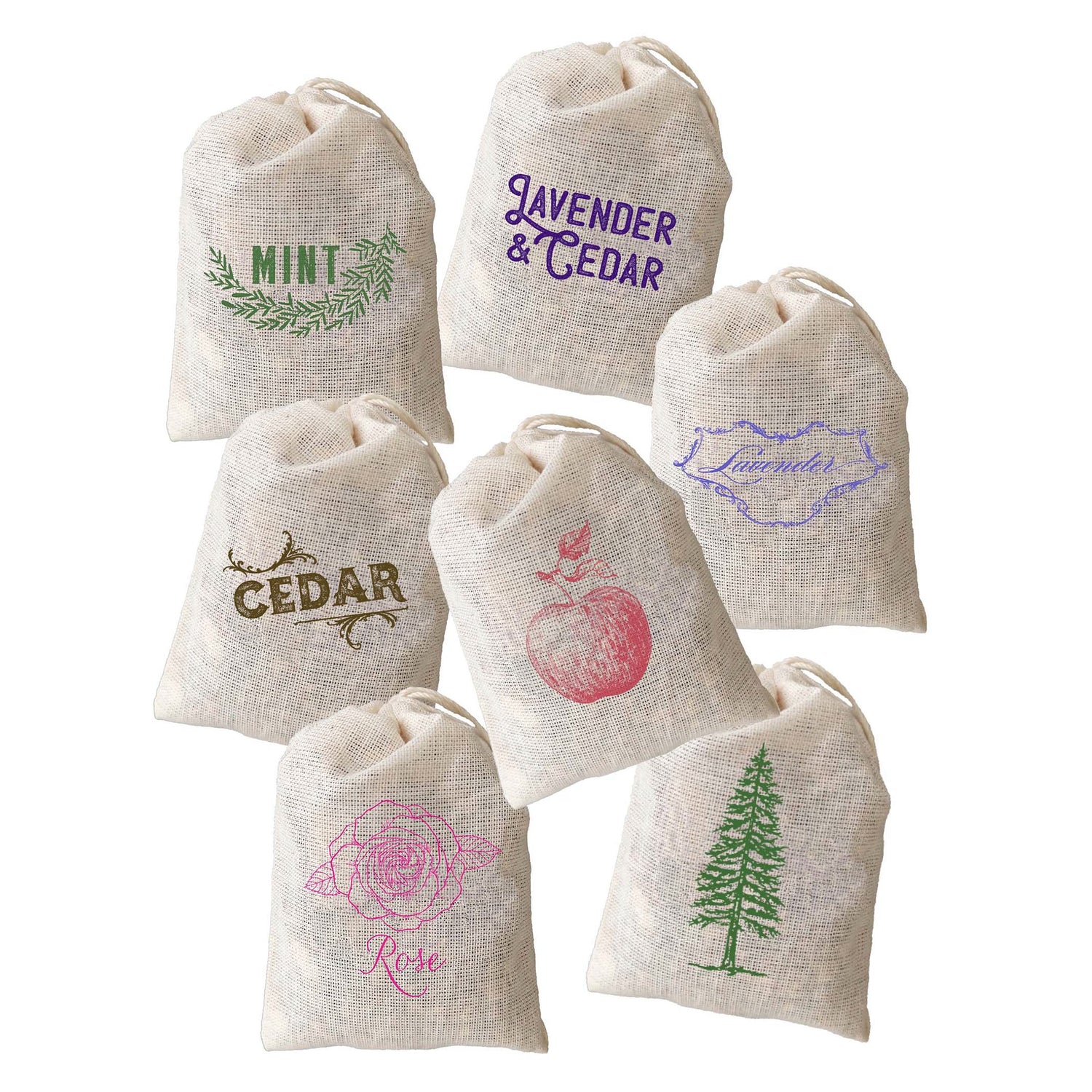The Denver Stationery Society discussion about postcards was a lot of fun. We all learned something! The nostalgia of postcards inspires vintage photography to be turned into postcards, like The Molly Brown House Museum. The museum provided us with photos of the house, a vintage stove and Molly Brown's library. We added these images to wood veneer postcards for their giftshop. All museum gift shops and classic hotels should have postcards featuring old photographs!
The Evolution of the Postcard General overview and start of the postcard
The evolution of postcards began in the mid-19th century. The concept originated at the Austro-German Postal Conference in 1865, with the first postcards appearing in Austria-Hungary in 1869. Initially, postcards were plain, with one side for the address and the other for a message. By the 1870s, picture postcards emerged in France. The 1880s saw the rise of chromolithography in Germany, enhancing postcard designs. The divided back postcard, introduced in 1902, allowed for both a message and address on one side. Modern photochrom postcards appeared in 1939, becoming popular post-World War II.
Detailed History:
1st October 1869 – The postcard was born!
In Austria-Hungary, Dr. Emanuel Herrmann (a professor of Economics from Vienna) wrote an article in the Neue Freie Presse pointing out that the time and effort involved in writing a letter was out of proportion to the size of the message sent. He suggested that a more practical and cheaper method should be implemented for shorter, more efficient communications.
His recommendations impressed the Austrian Post, who put them to practice on October 1st 1869, resulting in the Correspondenz-Karte, a light-brown 8.5x12cm rectangle with space for the address on the front, and room for a short message on the back. The postcard featured an imprinted 2 Kreuzer stamp on top right corner, costing half the price of a normal letter.
1874
The General Postal Union (later renamed Universal Postal Union) was created in Bern, Switzerland. One of its first postal treaties fixed a standard postage for letter mail sent to the members of the Union, and determined that half that rate should be applied to postcards.
This made sending postcards abroad much cheaper, and less complicated.
1880s
In the 1880s, many postcards were printed with small sketches or designs (called vignettes) on the message side, initially just in black, but increasingly also in color. Slowly, Germany came to dominate the industry of chromolithography, with many postcards being printed there. A large number of these featured illustrated views of a town and the expression Gruss Aus (or, Greetings from), leaving enough space for a message.
At the end of the decade, the Eiffel Tower made its debut on the Exposition Universelle of 1889 that took place in Paris. French engraver Charles Libonis designed postcards for the occasion featuring the monument, which was the tallest tower in the world at the time. The novelty postcards, which could be mailed from the Eiffel Tower itself, were much beloved by the visitors and became known as Libonis.
1890s
The 1890s saw photography starting to be used in postcards, gradually increasing in popularity over the next few decades. All matter of subjects were photographed with topography (urban street scenes and general views) being a recurrent topic.
At the turn of the century, Kodak launched the No. 3A Folding Pocket camera with negatives that were the same size as postcards and could thus be printed directly onto postcard card stock without cropping, keeping it simple.
1893
The World's Columbian Exposition opens in Chicago, a world fair where 46 nations participated with exhibitions and attractions. Over 26 million people visited the fair, and for many of them, this was a once-in-a-lifetime chance to discover what lies beyond their own country's borders.
Publisher Charles W Goldsmith seized the opportunity to produce a novelty set of official postcards, showing the pavilions and other interesting sections of the exhibition in color. These were the first commercially produced pictorial postcards to be printed as a souvenir in the United States, and they proved to be a sensational hit.
1897
In June of 1897, the World Association Kosmopolit was founded in Nuremberg, a postcard collecting club with thousands of members. They would send postcards to each other with the greeting Gutferngruß, requesting a return card to be mailed back, thus collecting postcards from all over the world.
The association was active until the First World War, and at its peak counted with more than 15 000 members in Germany alone.]
1900-1915
The turn of the century saw the golden era of postcards. An article on the Standard (a British newspaper) from August 21, 1899 read:
"The illustrated postcard craze, like the influenza, has spread to these islands from the Continent, where it has been raging with considerable severity. "
With multiple daily pickups and deliveries (up to 12 times per day in large cities!), postcards were effectively the text messages of their time. It was cheap and convenient to send them, and postcard-obsession reached its peak in the Edwardian era with billions of them being sent every year.
Scenic landscapes, portraits, exhibitions, royal visits, humorous scenes or even current events were quickly printed in postcards shortly after taking place. The many surviving examples of such postcards tell a vivid picture of the time.
1902
In 1902, the British Post Office allowed messages to be written on one half of the side normally reserved for the address, paving the way for the divided back era of postcards. This left the reverse side of the card free to be completely filled with an image.
However, these postcards could not be sent abroad until other Universal Postal Union members agreed to do the same. An agreement on the matter was reached at the Sixth Postal Union Congress in Rome, in 1906.
1908
An American of German descent, Curt Teich started a publishing company in Chicago in 1898 focused on newspaper and magazine printing. A few years later, in 1908, Curt Teich Co. introduced postcards to their portfolio, and over the next few decades became the world's largest printer of view and advertising postcards.
Curt Teich was an early pioneer of the offset printing process, and the first to understand the advantages of using lightly embossed paper to speed up the drying of ink, allowing the finished product to retain brighter colors. Because of their texture resembling linen, these embossed postcards became known as linen cards.
He is best known for the Greetings From postcards with large letters, having successfully adapted the idea of the earlier Gruss Aus cards to the US audience.
1913
Starting in 1913 and well into the 1930s, postcards featuring a white border became commonplace in the US.
Typically, multiple postcards were printed in rows on a large sheet of paper, which had to be trimmed around the edges of each postcard — a job that required a great deal of precision. The white borders were introduced to give some margin of error to the process, thus making them less expensive to produce.
1932
The expression carte-maximum (maximum card or maxicard) was first used in 1932, when a collector named Lecestre published an article on Le Libre Échange detailing the design of this philatelic item. A maxicard consists of picture postcard with a postage stamp and a cancellation mark affixed on the picture side of the card. The themes of all these three elements should match in terms of motives, time and location, so that they are in "maximum concordance".
The study, creation and collection of maximum cards is called maximaphily.
2005
On July 14, 2005 - Postcrossing was launched!
The website platform was built by Paulo Magalhães, a Portuguese software engineer who loved receiving postcards but did not know many people he could exchange them with. So he coded a website on his free time with the goal of connecting him with other people who also enjoyed sending and receiving postcards. What started as a small side project quickly became a worldwide hobby, shared by many postcard enthusiasts. To date, over 57 million postcards have been exchanged through the platform, with thousands more on the way.








